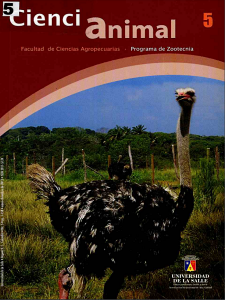Abstract
Parasitological diagnosis of hemoparasites in cattle implies challenges and processes that include the correct collection of field samples, sending them to the laboratory (for further investigation) and the correct diagnostic interpretation in order to achieve a correct field intervention. The typical clinical signs of these diseases only occur in animals that have the first contact with the organism; whereas in endemic regions, animals generally develop co-infectious immunity and remain as healthy bearers (enzootic stability). There is also a higher susceptibility with the increase of the animals’ age. The outbreak of the disease in adult bovines generally occurs due to moving the animals from free areas to endemic areas, thus breaking the enzootic stability. The timely diagnosis of hemoparasites in ruminants requires knowing the clinical condition of the animals and contrasting it with the parasitemia and hematocrit. There are protocols proposed to face different field situations, based on collecting an appropriate sample before treating the animal with an effective drug and further testing the effect of the treatment with a sample taken two weeks after. Significant failures have been detected in using materials and anticoagulants for sending samples. Giemsa stain is recommended in order to facilitate diagnosis. The estimation of percentage of parasitemia is critical for the adequate assessment of the epidemiologic condition in field, supported by hematological estimation.Downloads
Download data is not yet available.



